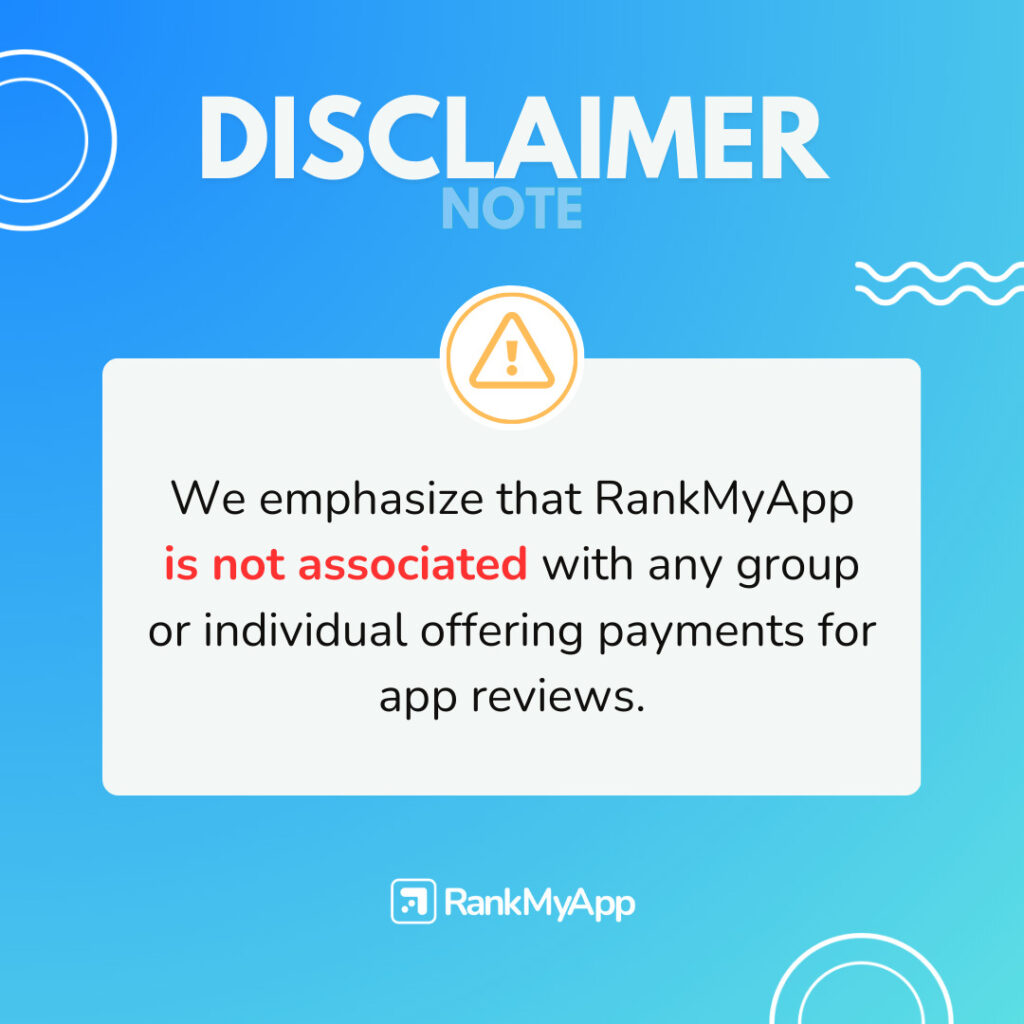Short tail keywords are general terms with high search volume. When optimizing apps or contents for the web, the resource of using keywords from the brand universe is a great starting point to establish a marketing strategy.
An example is a shopping app that commercializes female clothing. In its description, words like “feminine clothes”, “buying clothes”, “clothing for women” can be utilized. In this case, strategic keyword usage makes it easier for the app to stand out in stores and get more relevance when appearing in search results.
The same thing happens when we talk about web content. Because of that, choosing the right terms is absolutely crucial. Come see how and when using short tails in your app’s description is a good deal, and what are the differences between keyword types and long tails.
Short tails x long tails: which one is the best ASO strategy?
If short tails are broad terms related to the segment in which the app is in, long tails are specific and conversion-focused keywords, although with a much lower search volume.
An example of a long tail would be “feminine clothes for work”, in case you want to sell social clothes. Another example is “feminine clothing for the gym”, which strengthens fitness products’ sales.
Speaking like that, it seems easy picking out the terms, right? However, it is important to remember that short tail keywords are the most competitive for ranking, and that’s why there are optimizing techniques focusing on ranking.
How to rank for short tails?
To more easily index words ‒ especially the ones that have a high search volume and a high download potential ‒ it is important to use repetition of the terms throughout the indexable fields to reinforce them, but with extra caution to avoid keyword stuffing.
Since the Google Algorithm operates in a similar way to SEO, note that this resource is used only at the Play Store. In practice, keyword density is a relevant aspect of ranking.
However, this practice is not recommended in iOS because it recognizes only one keyword repetition. Thereby, the algorithm gathers the remaining optimized terms and forms new short and long tails.
Questions and answers on how to use short tails

Check below some of the main questions on using short tail keywords and RankMyAPP’s recommendations to build a more solid ASO strategy.
Where should I insert short tails in the app’s description?
At the Play Store, you can add high-visibility terms as title, short and long description.
At the Apple Store, insert it in the title, subtitle or keyword field. Besides, in iOS devices, there are hidden keyword fields. In this invisible spot for users, you can form long tails with many short tails. The keywords are chosen based on the app’s functionalities and help users to achieve their goals.
Can I remove a short tail from the app’s description?
That depends on a few factors, such as: the keyword relevance to the app in question, its search volume and from which platform this short tail is being removed from.
At the Play Store, the keyword may or may not be ranked depending on some factors, while at the App Store, the word that stops being optimized stops being ranked immediately after the update of the indexable fields. In that way, the app will always stop ranking for the removed keyword.
From the moment that a word is removed from an indexable field at the App Store, both the head and the respective short and long tails stop ranking on the same day.
Thus, it is essential that any switch of optimization field or removal is made in a very much analyzed and strategic way. No strategic keyword to the app should be removed from a field without being transferred to another, avoiding losing its optimization and the keywords ranking related to it.
Should I always use short tails in my app’s texts?
The search volume is one of the factors considered when choosing keywords. But that is not the only one, considering that that strategy contemplates factors such as term relevance, seasonality, download potential and speech optimization.
For example, when a user searches “buy masculine shoes”, their intent is clear and the app with the best position towards this keyword is more likely to be installed and generate a conversion in the sales funnel.
On the other hand, a user that searches for “shopping” may have infinite intentions, like buying clothes, buying a house, buying female shoes, etc. So, when long tails are optimized (e.g., buying masculine shows) with lower search volume, indirectly, its head tails of higher search volume (e.g., buying) are also being optimized.
How to pick the best keywords of the segment of the app?
Counting with the assistance of professionals who daily analyze the registration of apps, keywords and categories is crucial. If you still haven’t heard of RankMyAPP’s solutions, note that we are a global reference on app marketing intelligence and acquisition for mobile. Make sure to subscribe to our newsletter!
To stay tuned to the optimization of apps topic, come check our free e-book on ASO and take the first step towards the enhancement of your app’s performance.





